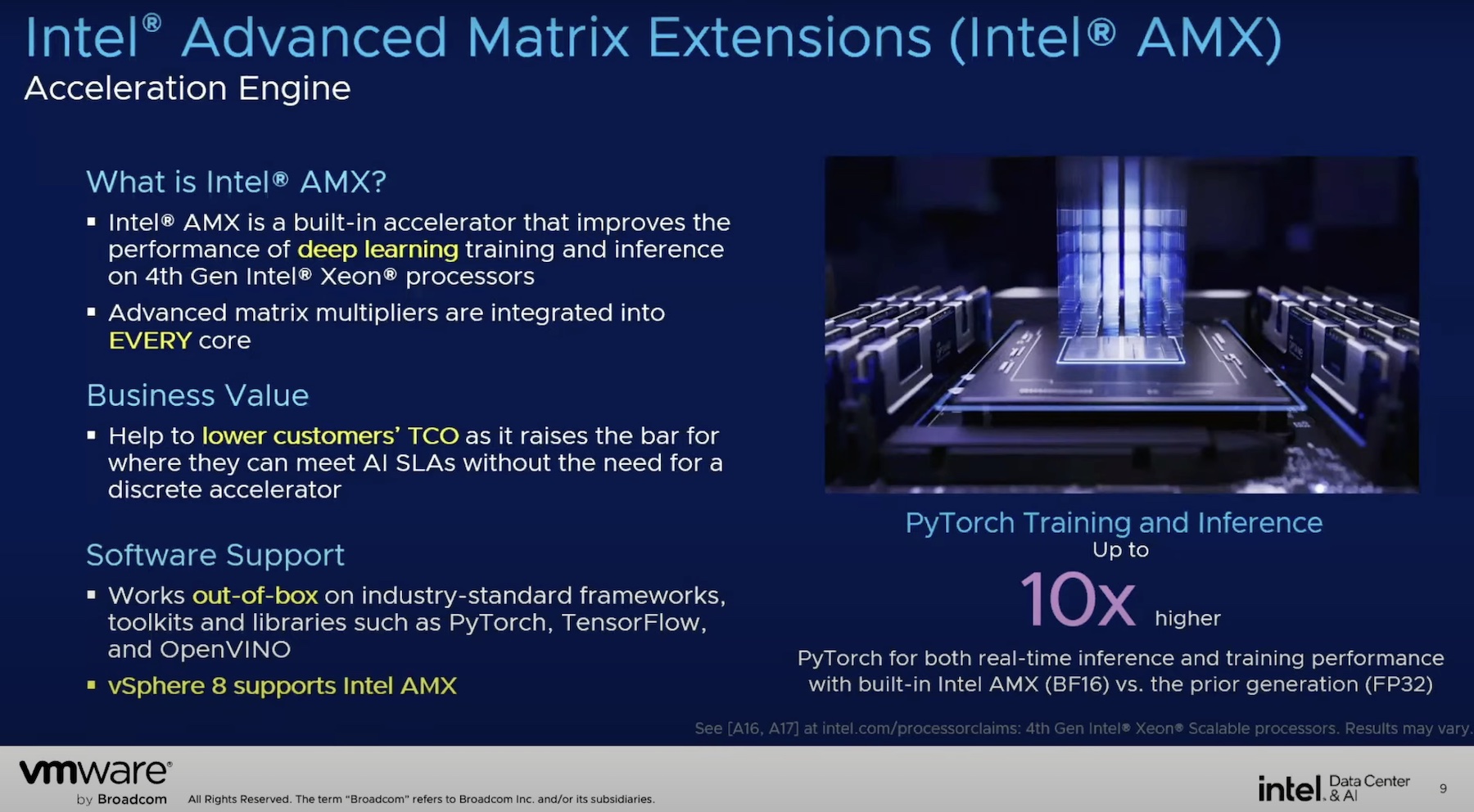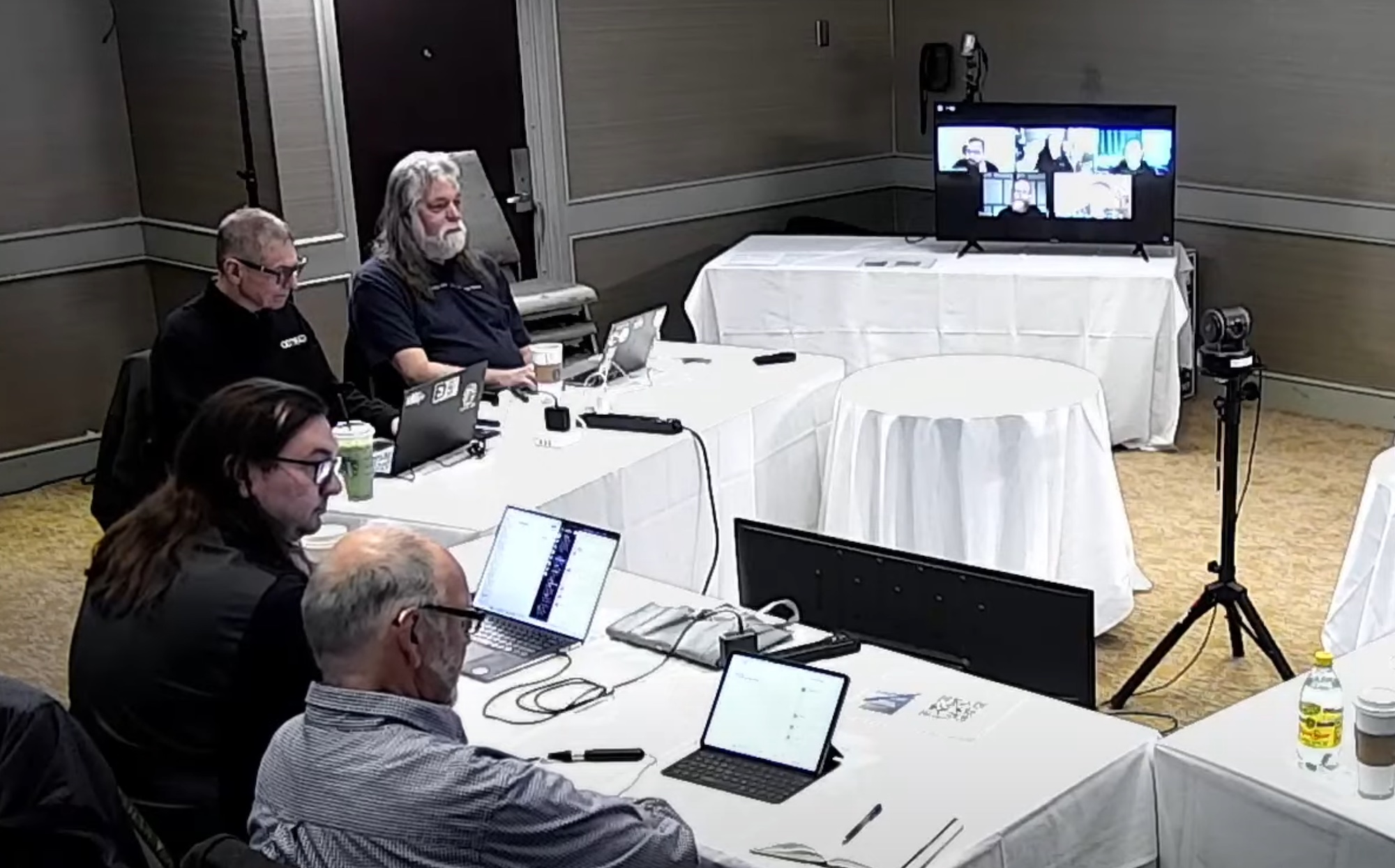This weekend I finally had the chance to catchup on some of the new storage features released as part of vSphere 4.0, there are quite a few changes to cover, some of them quite exciting.
VMFS Upgrade
Once of the good pieces of news to come out is that the VMFS changes in vSphere are minimal. vSphere 4.0 introduces a minor point release (3.3.0 to 3.3.1) with some subtle changes, so much so that it’s not really been documented anywhere. Most of the changes with VMFS are actually delivered within the VMFS driver at the VMKernel level, this is where most of the I/O improvements and features such as thin provisioning have been delivered as part of vSphere.
Upgrading VMFS was a major step in the upgrade from VMFS 2 to VMFS 3, good to hear that there are no major drivers to upgrade VMFS as part of your vSphere upgrade. Any new VMFS datastores created with the new vSphere hosts will of course be VMFS 3.3.1 however this is backwardly compatible with earlier versions of ESX 3.x. If you really want to move onto the new version of VNFS, format some new datastores and use Storage vMotion to move your VM’s onto the new VMFS 3.3.1 datastores.
Thin Provisioning
Thin provisioning is one of the areas that excites me most about the new vSphere release. I conducted a very quick survey of my employers development and system test ESX environments recently and found that currently we were only utilising 48% of virtual storage that had been provisioned. It’s easy to see where immediate savings can be made simply by implementing vSphere and thin provisioning. I’ll be using that in the cost benefits case for sure!
Thin provisioning is nothing new, it has been available at the array level for a while now, so one of the big questions is where should I thin provision? Well that really depends what kind of environment you have I suppose. Smaller customers will benefit greatly from VMware thin provisioning as they probably don’t own arrays capable of TP. Bigger companies on the other hand might well benefit from carrying out both as they have both the skill sets and the equipment to full utilise it at both levels.
Chad Sakac has written a superb article entitled “thin on thin where should you do thin provisioning vsphere 4.0 or array level” which goes deep into the new thin provisioning features and the discussions around what’s the best approach. I strongly suggest people give it a read, it explains pretty much all you need to know.
Storage vMotion
The Storage vMotion in ESX 3.5 had a few limitations which vSphere addresses. It’s now fully integrated with vCenter as opposed to being command line based in the previous version, it allows for the moving of a VM between different storage types, i.e. FC, ISCSI or NFS. One excellent usage of Storage vMotion is the ability to migrate your thick vm’s and change them to thin VM’s. Perfect for reclaiming disk space and increasing utilisation without downtime, brilliant!
Storage vMotion has also been enhanced from an operational perspective. Previously storage vmotion involved taking a snapshot of a disk, copying the parent disk to it’s new location and then taking the child snapshot and re-parenting the child disk with the parent. This process required the 2 x the CPU and memory of the VM being migrated in order to ensure zero downtime. In vSphere 4.0 Storage vMotion uses change block tracking and a process very similar to how vMotion deals with moving active memory between hosts. The new Storage vMotion conducts an iterative process scanning what blocks have been changed, each iterative scan should result in smaller and smaller increments and when it gets down to a small enough size it conducts a very quick suspend / resume operation as opposed to using the doubling up resources method that it previously needed to. Making it faster and more efficient than it was in it’s previous incarnation.
Para Virtualised SCSI
Para Virtualised SCSI (PVSCSI) is a new driver for I/O intensive virtual machines. VMware compare this to the vmxnet adapter, which is an enhanced and optimised network driver providing higher performance. PVSCSI is similar, it’s a specific driver that offers higher I/O throughput, lower latency and lower CPU utilisation within virtual machines. Figures discussed by Paul Manning on the recent Vmware community podcast included 92% increase in IOPS throughput and 40% decrease in latency when compared to the standard LSI / BUSLogic virtual driver.
A caveat of this technology is that the guest OS still has to boot from a non PVSCSI adapter (LSI / Buslogic), you would look to add your PVSCSI adapter for your additional data virtual disks. Currently only Windows 2003, Windows 2008 and RH Linux 5 have the software drivers to take adavantage of this new adapter.
Update – Chad Sakac has posted a new EMCWorld I/O Performance comparison of the vSphere PVSCSI adpater vs the LSI SCSI adapter, check out the link for more details.
VMware Storage Book
Paul Manning mentioned on the recent podcast that VMware are planning a book dedicated to Virtualisation and storage in an attempt to consolidate the amount of documentation out there on Storage configuration and best practice. Currently users need to look through 600 pages of the SAN Config guide and vendor guidelines. VMware would hope to try boil this down to a much more manageable 100 – 150 pages.
If you can’t wait that long, Chad Sakac has written the storage chapter in Scott Lowe’s new vSphere book which I believe is available for pre-order on Amazon
vSphere Storage WhitePaper
Paul Manning who I’ve mentioned in this blog post has written a great 10 page white paper explaining all of these features in more detail along with some of the more experimental features I haven’t mentioned.
http://www.vmware.com/files/pdf/VMW_09Q1_WP_vSphereStorage_P10_R1.pdf




